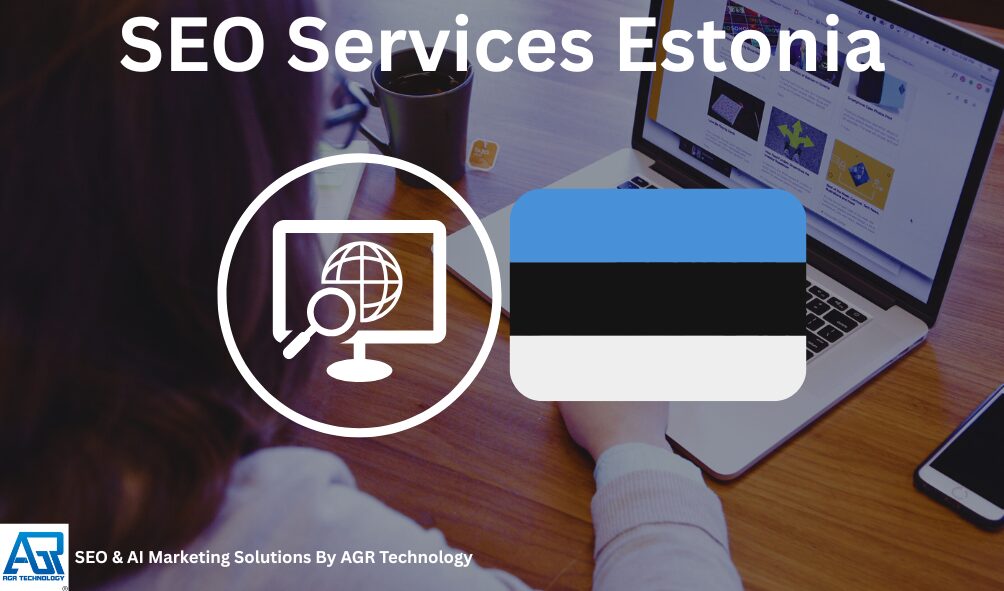
Finding the right SEO partner in Estonia can feel like navigating a maze. You’re running a business in one of Europe’s most digitally advanced nations, yet cutting through the noise online remains a genuine challenge. Whether you’re targeting Estonian speakers in Tallinn, Russian-speaking audiences in Narva, or international customers across borders, search visibility determines who finds you, and who finds your competitors instead.
At AGR Technology, we’ve worked with businesses across numerous sectors and we understand the specific challenges you face: small market sizes that demand precision, multilingual audiences that require cultural nuance, and fierce competition from both local and international players. This guide walks you through everything you need to know about SEO services for Estonia, what they include, how to choose the right provider. If you’re ready to improve your search rankings and drive meaningful traffic to your site, you’re in the right place.
Book a free consultation call with AGR Technology to see how we can help scale your brand with proven SEO strategies
Reviews from some of our happy customers:
Supporting businesses of all sizes to get ahead with digital solutions

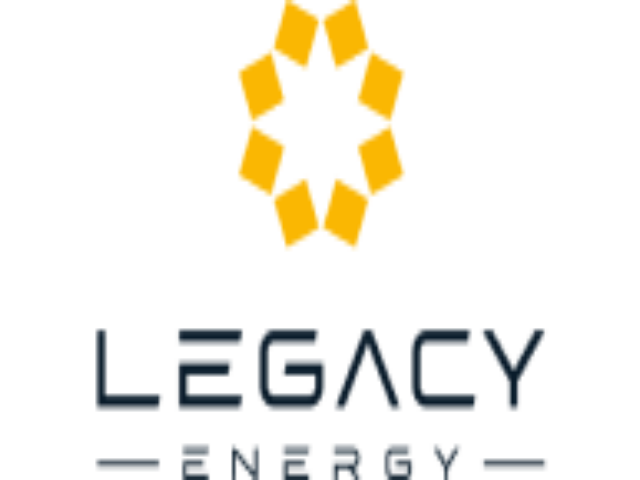
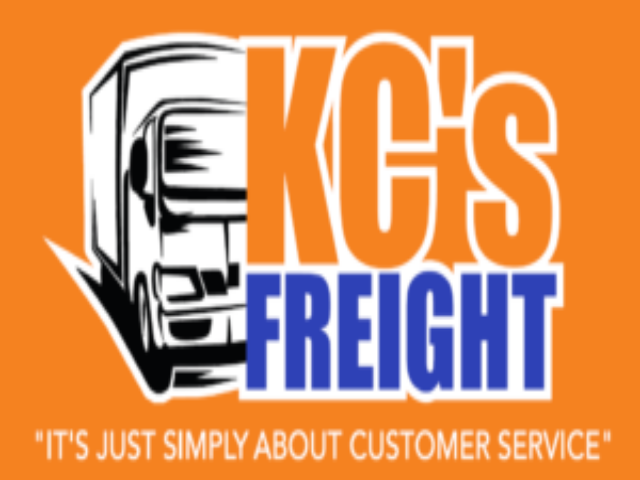
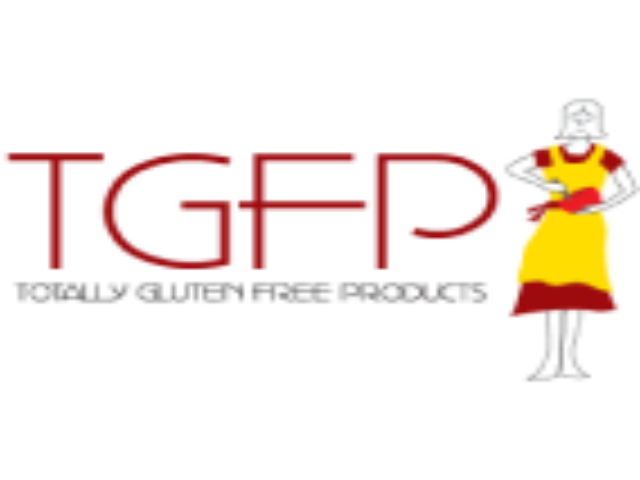
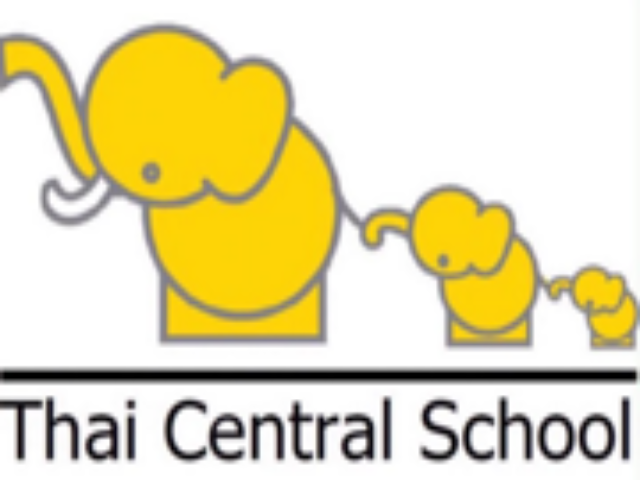

Why work with us?
What Are SEO & AI Marketing Services and Why Do They Matter in Estonia?
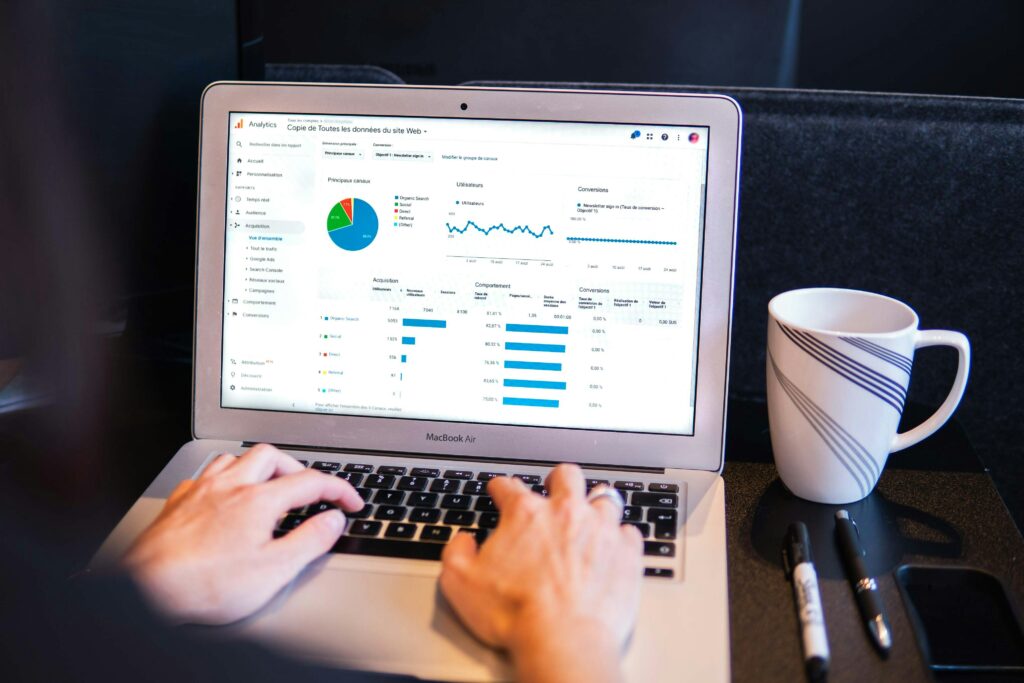
Understanding Search Engine Optimization
Search engine optimization isn’t magic, it’s a systematic approach to making your website more visible when people search for products, services, or information related to your business. SEO services encompass technical improvements, content strategy, and authority-building tactics designed to help search engines understand what your site offers and why it deserves to rank above competitors.
Think of it this way: your website might be brilliant, but if Google can’t find it, interpret it, or trust it, you’re invisible to potential customers. SEO bridges that gap. It involves optimizing page speed, fixing technical errors, researching what terms your audience actually searches for, creating content that answers their questions, and earning credible backlinks that signal your site’s authority.
For Estonian businesses, SEO isn’t optional anymore. With internet penetration at over 90% and Estonians spending significant time online researching purchases, your search presence directly impacts your revenue. Whether someone’s looking for “parim veebidisain Tallinnas” or “best accounting software Estonia,” you either show up or you lose that customer.
The Growing Digital Landscape in Estonia
Estonia has built a reputation as one of the world’s most digitally sophisticated nations. From e-Residency to digital governance, Estonians expect seamless online experiences. This digital maturity translates into high expectations for websites, slow-loading sites or poor mobile experiences get abandoned quickly.
The Estonian market presents unique opportunities and constraints. With a population of just 1.3 million, the addressable market for purely Estonian-language content is limited. Yet this small size means competition can be fierce for high-value keywords. Businesses increasingly target multiple language markets (Estonian, Russian, English) or look beyond borders to the Nordics, Eastern Europe, or global audiences.
E-commerce has grown substantially, particularly post-pandemic. Estonian consumers shop online regularly, comparing options and reading reviews before purchasing. If your business isn’t ranking when they search, they’ll buy from someone who does. Similarly, B2B buyers conduct extensive online research before ever contacting a sales team. Your search visibility shapes their shortlist.
This is where professional SEO services become essential. The technical complexity, constant algorithm updates, and need for sustained effort mean most businesses benefit from partnering with specialists who live and breathe search optimization. At AGR Technology, we’ve seen firsthand how strategic SEO transforms visibility and revenue for Estonian businesses across industries.
Core Components of Professional SEO Services

Comprehensive Keyword Research and Analysis
Everything starts with understanding what your potential customers actually search for. Keyword research goes beyond guessing, it involves analyzing search volumes, competition levels, user intent, and seasonal trends across all relevant languages.
We dig into both obvious terms and long-tail variations that signal purchase intent. For example, someone searching “SEO teenused” (SEO services) might be browsing, but someone searching “SEO konsultatsioon Tartus” (SEO consultation in Tartu) is likely ready to engage. Quality keyword research identifies these distinctions and prioritizes opportunities where you can realistically rank and convert.
For Estonian businesses targeting multiple markets, this means separate research for each language. Search behavior differs between Estonian, Russian, and English speakers, even for the same product. Cultural nuances affect phrasing, and competition varies wildly between language segments.
Technical SEO and Website Optimization
Your site’s technical foundation determines whether search engines can properly crawl, interpret, and index your content. Technical SEO addresses issues like:
- Site speed and Core Web Vitals: Google prioritizes fast-loading sites that provide good user experiences. We optimize images, leverage browser caching, minimize code, and ensure your hosting infrastructure supports quick load times.
- Mobile responsiveness: With most Estonian users browsing on mobile devices, mobile-first indexing means Google primarily uses your mobile site for ranking. Your site must work flawlessly on smartphones and tablets.
- Site architecture and internal linking: Clear navigation helps users and search engines understand your site structure. Strategic internal linking distributes authority and helps important pages rank.
- Schema markup: Structured data helps search engines understand your content context, potentially earning rich snippets that boost click-through rates.
- Security and HTTPS: Secure sites (HTTPS) rank better and build trust with users.
Technical issues often hide in plain sight. Broken links, duplicate content, poor URL structures, and crawl errors can quietly sabotage your rankings. Regular technical audits identify and fix these problems before they cost you traffic.
Strategic Content Creation and Optimization
Content remains at the heart of SEO. Search engines aim to deliver the most relevant, helpful results for each query. That means creating content that genuinely answers questions, solves problems, or provides value to your target audience.
Effective content strategy involves:
- Audience-focused topics: What questions do your potential customers ask? What problems keep them up at night? Content should address real needs, not just chase keywords.
- Quality and depth: Thin, generic content doesn’t cut it anymore. Comprehensive guides, detailed product descriptions, case studies, and expert insights perform best.
- Natural keyword integration: Keywords should fit naturally into well-written content. Forced keyword stuffing harms readability and rankings.
- Regular updates: Fresh content signals an active, authoritative site. Updating existing pages also helps maintain rankings.
- Multimedia elements: Images, videos, infographics, and interactive elements improve engagement and time on page, factors that influence rankings.
For Estonian businesses, multilingual content creation requires native speakers or professional translators. Machine translation produces awkward phrasing that undermines credibility. At AGR Technology, we ensure content resonates culturally and linguistically with each target audience.
Link Building and Off-Page SEO
Backlinks, links from other websites to yours, act as votes of confidence. Quality backlinks from reputable sites signal authority and relevance to search engines, significantly boosting rankings.
Effective link building focuses on:
- Earning editorial links: Creating content worth linking to (original research, expert commentary, comprehensive guides) naturally attracts backlinks.
- Digital PR and outreach: Building relationships with journalists, bloggers, and industry publications can earn high-authority mentions.
- Local partnerships: Estonian business directories, chamber of commerce sites, and local news outlets provide valuable local signals.
- Guest contributions: Writing for relevant industry sites builds authority and earns quality backlinks.
What doesn’t work: buying cheap links from link farms, participating in link schemes, or acquiring irrelevant backlinks. These tactics risk penalties that can devastate your rankings. Quality always trumps quantity.
Local SEO for Estonian Businesses
If you serve local customers, whether in Tallinn, Tartu, Pärnu, or smaller towns, local SEO ensures you appear when people search for services “near me” or in specific locations.
Local SEO includes:
- Google Business Profile optimization: Claiming and fully optimizing your profile with accurate information, photos, posts, and reviews.
- Local citations: Consistent business information (name, address, phone) across directories like 1182.ee, City24, and niche-specific listings.
- Location-based content: Creating pages or posts targeting specific Estonian cities or regions.
- Review management: Encouraging satisfied customers to leave reviews and responding professionally to all feedback.
- Local link building: Earning mentions from local news sites, business associations, and community organizations.
For businesses operating across multiple Estonian locations, we create location-specific pages that target each market individually while maintaining overall site cohesion.
Expected Results and Timeline for SEO Success
Realistic Timeframes for Seeing Results
SEO isn’t instant. Anyone promising first-page rankings in weeks is either targeting extremely easy keywords or using risky tactics.
Here’s what realistic timelines look like:
Months 1-3: Initial improvements. You’ll see technical issues fixed, on-page optimization completed, and content production beginning. Rankings might improve slightly for less competitive terms. Traffic gains typically remain modest.
Months 3-6: Visible progress. As content accumulates, backlinks build, and search engines recognize improvements, rankings improve for target keywords. Organic traffic should increase noticeably, often 20-50% for businesses starting from low baselines.
Months 6-12: Significant gains. Sustained effort compounds. You rank for more keywords, earn more backlinks, and accumulate authority. Traffic often doubles or triples compared to starting points. Conversion optimization fine-tunes results.
12+ months: Competitive rankings. For difficult keywords in competitive markets, achieving top-three positions often takes a year or more. But by this point, SEO typically delivers substantial, sustained traffic.
Timelines vary based on:
- Starting point: New sites take longer than established sites with some existing authority.
- Competition levels: Ranking in highly competitive markets takes longer than niche markets.
- Resource investment: More aggressive strategies (larger content volumes, stronger link building) accelerate results.
- Market dynamics: Some industries see constant competitor activity, making progress slower.
Patience matters. SEO is a marathon, not a sprint. But unlike paid advertising where traffic stops when you stop paying, SEO builds long-term assets that continue delivering results.
Measuring SEO Performance and ROI
How do you know if SEO is working? Track these metrics:
Organic traffic: The most fundamental measure. Monitor overall traffic and segment by landing page, device, and geography using Google Analytics.
Keyword rankings: Track positions for target keywords. Rankings fluctuate daily, so focus on trends over weeks and months rather than day-to-day changes.
Conversion rate: Traffic means nothing if visitors don’t convert. Track leads, sales, or other goal completions from organic traffic.
Revenue from organic search: For e-commerce or sites with clear revenue attribution, calculate revenue directly generated by SEO.
Engagement metrics: Time on site, pages per session, and bounce rate indicate whether visitors find your content relevant and valuable.
Backlink profile growth: Monitor the quantity and quality of new backlinks using tools like Ahrefs or Moz.
Visibility score: Tools like SEMrush provide overall visibility scores showing your presence across all keywords relevant to your business.
ROI calculation: Compare total SEO investment (agency fees plus internal time) against revenue or lead value generated. Most businesses see 300-500% ROI once SEO matures, though this varies widely.
At AGR Technology, we provide detailed monthly reports breaking down these metrics, showing exactly what work was completed and what results it delivered. Transparency and accountability matter.
Setting Achievable SEO Goals
Effective goal-setting balances ambition with realism:
Short-term goals (3-6 months):
- Complete technical audit and fix critical issues
- Establish keyword strategy and content calendar
- Achieve first-page rankings for 5-10 less competitive keywords
- Increase organic traffic by 30-50%
- Publish 20-30 optimized pages or posts
Medium-term goals (6-12 months):
- Rank in top five for primary target keywords
- Double or triple organic traffic
- Earn 50+ quality backlinks
- Achieve specific conversion or revenue targets from organic traffic
- Expand content library to 100+ indexed pages
Long-term goals (12+ months):
- Establish market-leading authority in your niche
- Rank in top three for highly competitive keywords
- Generate majority of leads or revenue from organic search
- Maintain rankings even though competitor activity
- Expand to new language markets or geographies
Goals should be specific, measurable, and tied to business outcomes. “Rank higher” is too vague. “Achieve top-three rankings for ‘SEO teenused Tallinnas’ and generate 20 qualified leads monthly from organic search” gives clear direction and accountability.
SEO for Different Market Segments in Estonia
Estonian-Language SEO Strategies
Optimizing for Estonian speakers requires understanding the language’s nuances and local search behavior:
Keyword research specifics: Estonian users often search differently than English speakers. They might use direct translations, but local phrasing, colloquialisms, and regional variations matter. Tools like Google Keyword Planner work for Estonian, but you’ll need native speaker insights for context.
Content tone and style: Estonian business communication tends toward straightforward, professional tones. Content should be informative and authoritative without excessive casualness.
Local context: Reference Estonian places, cultural touchpoints, and local examples. Content that feels imported from other markets resonates poorly.
Search volume considerations: With Estonia’s small population, search volumes remain modest even for popular terms. Long-tail keywords and cumulative rankings across multiple related terms often matter more than single high-volume keywords.
Estonian web ecosystem: Build relationships with Estonian bloggers, news sites, and industry publications. Local backlinks carry particular weight for Estonian-language rankings.
Russian-Language Market Optimization
Approximately 25-30% of Estonia’s population speaks Russian as their first language, creating significant opportunities:
Separate keyword strategy: Russian speakers search using different terms and phrasing than Estonian speakers, even for identical products or services. Separate research is essential.
Cultural considerations: Russian-language content should account for cultural nuances and expectations that differ from Estonian or English markets.
Technical implementation: Use proper hreflang tags to indicate Russian-language pages to search engines. Consider subfolder structure (yoursite.ee/ru/) or subdomain (ru.yoursite.ee) for organization.
Competition differences: Competition levels vary significantly between Estonian and Russian keywords. Some businesses face less competition in Russian-language search, creating opportunities.
Local Russian media: Estonia has Russian-language news sites, forums, and directories that provide valuable local backlink opportunities.
Many Estonian businesses ignore the Russian-speaking market, leaving opportunity for those who invest in proper optimization.
International SEO for Estonian Businesses
If you’re targeting customers beyond Estonia, whether in the Nordics, Europe, or globally, international SEO presents unique challenges:
Technical infrastructure: Carry out hreflang tags properly to indicate language and regional targeting. Choose between country-specific domains (.fi, .se), subdomains, or subdirectories based on your strategy.
Content localization: Translation isn’t enough. Content should feel native to each target market, accounting for local search behavior, cultural references, and business norms.
Link building across markets: Each target country typically requires backlinks from sites in that market. Estonian backlinks provide limited value for ranking in Sweden or Germany.
Market-specific keyword research: Search behavior varies dramatically by country. What Estonians search for differs from what Finns, Swedes, or Germans search for, even in the same language.
Competition assessment: Evaluate competition separately in each market. You might dominate Estonian search while struggling against established players in larger markets.
Resource allocation: International SEO multiplies effort. Targeting five countries means five times the keyword research, content creation, and link building.
At AGR Technology, we help Estonian businesses expand internationally with strategies tailored to each target market’s unique characteristics and competition levels.
Industry-Specific SEO Approaches in Estonia
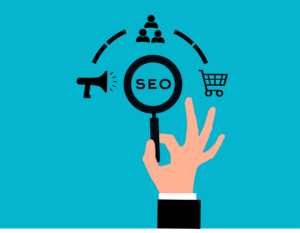
E-Commerce and Retail SEO
E-commerce sites face particular optimization challenges and opportunities:
Product page optimization: Each product page should target specific keywords while providing unique, detailed descriptions. Manufacturer descriptions duplicated across retailers harm rankings.
Category page strategy: Category and collection pages often represent high-value commercial keywords. Optimize these with unique content, filters, and internal linking.
Technical considerations: Large product catalogs create technical challenges, managing crawl budget, preventing duplicate content, handling out-of-stock items, and optimizing site speed even though numerous images.
Schema markup: Product schema provides rich snippets showing prices, availability, and ratings directly in search results, dramatically improving click-through rates.
User-generated content: Customer reviews provide unique content, build trust, and include natural keyword variations.
Seasonal optimization: Retail often involves seasonal products or promotions. Content and keywords should align with shopping seasons.
Local inventory SEO: For businesses with physical locations, local inventory ads and location-specific product pages can capture “near me” searches.
B2B and SaaS SEO Strategies
B2B search optimization differs significantly from consumer-focused approaches:
Longer sales cycles: B2B buyers conduct extensive research over weeks or months. Content should address each stage, awareness, consideration, evaluation, and decision.
Educational content: White papers, case studies, comparison guides, and in-depth resources perform well. B2B buyers want expertise and proof.
Keyword intent: Focus on keywords signaling research or purchase intent rather than informational queries. “Best project management software for construction” converts better than “what is project management.”
Authority building: B2B buyers evaluate credibility carefully. Industry certifications, partnerships, case studies, and thought leadership content build necessary trust.
Lead generation focus: Unlike e-commerce where transactions happen online, B2B SEO drives lead generation. Optimize for form fills, demo requests, and consultations.
Account-based considerations: For companies targeting specific high-value clients, SEO can be coordinated with account-based marketing strategies.
Many Estonian SaaS companies target international markets, requiring English-language content optimized for global competition, a specialty area for AGR Technology.
Local Service Business Optimization
Restaurants, salons, contractors, professional services, and other local businesses benefit from location-focused SEO:
Google Business Profile: This is ground zero for local SEO. Fully optimize your profile with accurate information, photos, posts, and regular updates.
Local keywords: Target “service + location” combinations like “hambaarst Tartu” (dentist Tartu) or “elektrik Tallinn” (electrician Tallinn).
Location pages: If you serve multiple towns, create dedicated pages for each location with unique content.
Local content: Blog posts about local events, news, or community involvement build local relevance.
Citations and directories: Consistent business information across local directories (1182.ee, Estonian Chamber of Commerce, industry-specific directories) strengthens local signals.
Review generation: Actively encourage satisfied customers to leave Google reviews. Quantity, quality, and recency all matter.
“Near me” optimization: Mobile searches for services “near me” are increasingly common. Local SEO captures this valuable traffic.
For local businesses competing in specific Estonian cities, targeted local SEO often delivers better ROI than broader national campaigns.
Common SEO Challenges in the Estonian Market

Small Market Size and Competition
Estonia’s population of 1.3 million creates unique dynamics:
Limited search volume: Even popular Estonian-language keywords have modest search volumes compared to larger markets. Success requires capturing share across many related terms rather than dominating single keywords.
Intense competition for valuable terms: Even though small markets, competition can be fierce. Every business in a given industry fights for the same limited search volume, making differentiation essential.
Niche fragmentation: With small markets, even minor niche targeting dramatically reduces addressable audience size. Businesses often need to balance specificity with adequate market size.
International competition: Estonian businesses increasingly face competition from international companies targeting Estonian keywords, particularly in e-commerce and digital services.
Resource constraints: Smaller markets mean smaller average budgets. Estonian businesses often can’t match the SEO investment of companies in larger markets, requiring smarter, more efficient strategies.
Scaling limitations: Once you’ve captured available Estonian search traffic, growth requires expanding to new languages or markets, adding complexity and cost.
Successful Estonian SEO focuses on efficiency, capturing high-intent traffic rather than maximum volume, and often includes multilingual or international expansion strategies.
Multilingual SEO Complexities
Managing multiple language versions creates technical and strategic challenges:
Technical implementation: Properly configuring hreflang tags, managing language-specific sitemaps, and preventing duplicate content issues between language versions requires expertise.
Content coordination: Maintaining parallel content across Estonian, Russian, and English versions while ensuring each feels native (not just translated) multiplies content requirements.
Keyword research multiplication: Each language requires separate, thorough keyword research. Direct translation rarely works, search behavior differs by language.
Link building complexity: Quality backlinks should come from sites in the target language. Estonian links don’t help Russian rankings much, and vice versa.
Resource allocation: Spreading budget across multiple languages can mean mediocre results in all rather than strong results in one. Prioritization matters.
Analytics complexity: Tracking performance separately by language while understanding overall business impact requires careful analytics setup.
Cultural nuance: Beyond language, content should respect cultural differences in business communication, humor, and expectations.
At AGR Technology, we manage these complexities through structured processes, ensuring each language version gets proper attention while maintaining overall strategic coherence.
The Future of SEO in Estonia
AI and Machine Learning Impact on Search
Artificial intelligence is fundamentally changing how search engines interpret queries and rank content:
Semantic understanding: Google’s AI increasingly understands context, intent, and relationships between concepts rather than just matching keywords. Content needs to comprehensively address topics, not just hit keyword density targets.
User behavior signals: Machine learning analyzes how users interact with search results, click-through rates, time on page, return-to-search rates. Quality content that satisfies intent increasingly outranks keyword-stuffed pages.
Personalization: Search results vary based on user history, location, device, and behavior. There’s no single “#1 ranking” anymore, results are personalized.
AI-generated content considerations: As more content is AI-generated, search engines evolve to identify and potentially deprioritize low-quality automated content. Original expertise and unique perspectives become more valuable.
Visual and video search: AI enables better image and video search. Optimizing visual content with proper labeling, transcripts, and context matters increasingly.
For Estonian businesses, this means focusing on quality, user satisfaction, and genuine expertise rather than SEO tricks or shortcuts.
Voice Search and Mobile-First Indexing
How people search continues evolving:
Mobile dominance: Google now uses mobile versions of sites for indexing and ranking. Your mobile experience isn’t secondary, it’s primary. Fast loading, easy navigation, and readable content on small screens are essential.
Voice search growth: Smart speakers and voice assistants change query patterns. Voice searches tend to be longer, more conversational, and question-based. Content should address natural language questions.
Featured snippet importance: Voice assistants often read featured snippets (position zero results) as answers. Structuring content to capture these snippets increases visibility.
Local search evolution: “Near me” searches and voice queries for local businesses continue growing. Local SEO becomes increasingly critical.
Zero-click searches: More searches result in answers directly in search results without clicks. While this challenges traffic generation, ranking in featured snippets still builds authority and brand awareness.
Staying competitive means adapting strategies as search behavior and technology evolve, something AGR Technology monitors continuously to keep our clients ahead of trends rather than reacting to them.
Conclusion
SEO in Estonia presents unique opportunities and challenges. The country’s digital sophistication creates high expectations, while small market sizes demand strategic precision. Whether you’re targeting Estonian speakers locally, Russian-speaking audiences, or international markets, effective search optimization requires expertise, sustained effort, and adaptation to Estonia’s specific landscape.
Quality SEO isn’t cheap, and results take time, but the long-term value, sustainable organic traffic, reduced customer acquisition costs, and market authority, justifies the investment. The businesses that dominate Estonian search results didn’t get there by accident. They invested in comprehensive strategies, quality content, technical excellence, and ongoing optimization.
At AGR Technology, we’ve helped businesses across industries improve their search visibility and drive meaningful results. We understand Estonia’s digital market, speak your languages, and focus on outcomes that matter, leads, sales, and growth, not just rankings.
If you’re ready to take your search visibility seriously, we’re here to help. Whether you need a comprehensive SEO strategy, technical optimization, content creation, or ongoing management, our team delivers transparent, results-focused services tailored to your business goals.
Get in touch with AGR Technology today for a consultation about your SEO needs. Let’s discuss your current visibility, competitive landscape, and opportunities to drive more qualified traffic to your site. Your competitors are investing in SEO, make sure you’re not getting left behind.
Frequently Asked Questions
How much do SEO services in Estonia typically cost?
SEO services in Estonia range from €500-€1,500 monthly for small business packages to €1,500-€4,000 for mid-range services, and €4,000-€10,000+ for enterprise-level optimization. Pricing depends on market competitiveness, website complexity, and language requirements.
How long does it take to see results from SEO in Estonia?
Initial improvements appear within 1-3 months, with visible progress and potentially anywhere from 20-50% traffic increases by months 3-6. Significant gains typically occur between 6-12 months, while competitive rankings for difficult keywords often require 12+ months of sustained effort.
Why is multilingual SEO important for Estonian businesses?
Estonia’s small population and multilingual audience make targeting Estonian, Russian, and English speakers essential for growth. Each language requires separate keyword research, culturally adapted content, and language-specific link building to maximize market reach and revenue potential.
What’s the difference between technical SEO and on-page SEO?
Technical SEO focuses on backend optimization like site speed, mobile responsiveness, crawlability, and security. On-page SEO involves optimizing visible content including keywords, meta tags, headings, and content quality to improve relevance and user experience.
Can small businesses compete with larger companies in SEO?
Yes, small businesses can compete by targeting long-tail keywords, focusing on local SEO, creating niche-specific content, and building strong local authority. Strategic precision and consistent effort often outperform larger budgets with unfocused strategies.
How does Google’s algorithm update affect my website rankings?
Algorithm updates refine how Google evaluates quality, relevance, and user experience. Sites following best practices typically see minimal negative impact, while those using outdated tactics may drop. Quality SEO providers continuously adapt strategies to align with evolving ranking factors.
![logo-new-23[1] logo-new-23[1]](https://agrtech.com.au/wp-content/uploads/elementor/thumbs/logo-new-231-qad2sqbr9f0wlvza81xod18hkirbk9apc0elfhpco4.png)












